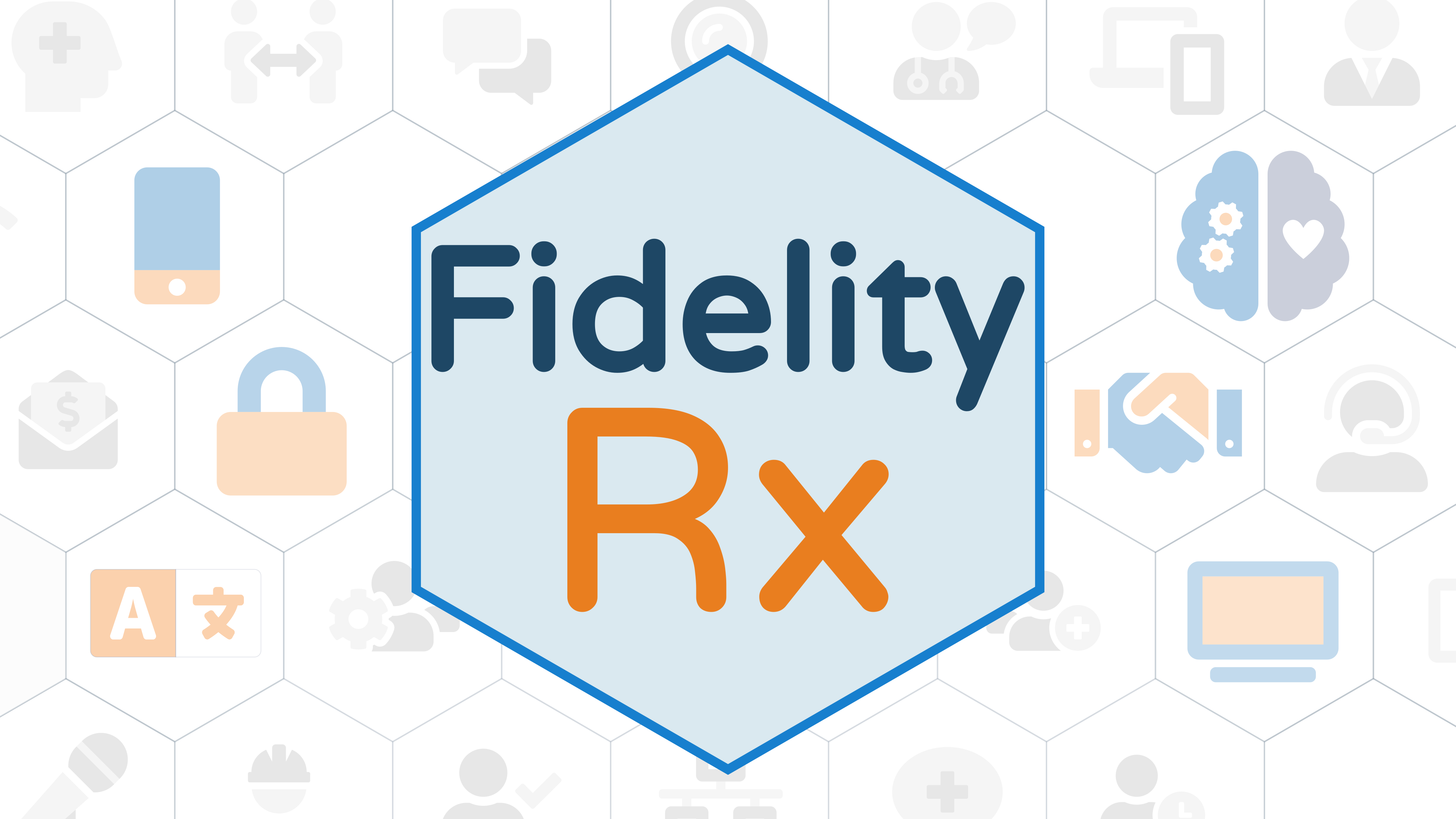Blog posts exploring the concept "Reactive-Programming"
← Back to all tagsAlloy.Rx: Native Reactivity in Fidelity
The integration of reactive programming into the Fidelity framework presents a fascinating challenge at the intersection of practical engineering and algorithmic integrity. While exploring various reactive models, we discovered valuable insights from Ken Okabe’s Timeline library - a minimalist F# implementation that demonstrated how powerful reactive systems could be built with remarkably little code. This simplicity was a key inspiration for Alloy.Rx, though we’ve evolved the concepts to align with Fidelity’s unique architectural requirements.
Read More
Coeffects and Codata in Firefly
Modern async and parallel programming presents an engineering challenge: we need both the performance of low-level control and the safety of high-level abstractions. Nearly 20 years ago, the .NET ecosystem pioneered the async/await syntactic pattern, making concurrent code accessible to millions of developers and influencing other technology stacks in following years. However, this pattern comes with tradeoffs - runtime machinery that, while powerful, can become opaque when we need to understand or optimize workload behavior.
Read More
The Full Frosty Experience
The Fidelity framework represents an ambitious project to bring F# to native compilation without runtime dependencies. One of the most challenging aspects of this endeavor is the treatment of asynchronous programming. This design document outlines our approach to compiling F#’s async computation expressions to efficient native code through delimited continuations, and introduces Frosty, an enhancement that brings advanced async patterns to this runtime-free environment. 🔄 Updated July 25, 2025 True RAII principles for automatic async resource management Bidirectional PSG “zipper” computation expressions for async transformations Integration with Olivier actor model for structured concurrency …with special thanks to Paul Snively for his polyglot perspective that led to many of the connections drawn through the latest updates.
Read More